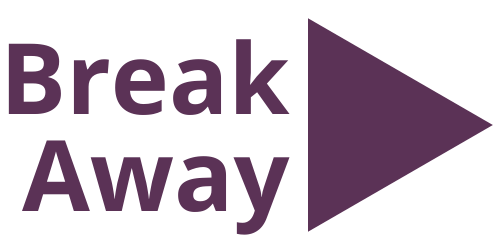Our Role in Disaster Recovery
In the wake of a disaster, it is understandable that your reaction, as someone who prioritizes community in your values and actions is to ask how can I help? and how soon can I get there? We have an immense responsibility to make thoughtful and well-informed decisions about our role in disaster recovery and the reality is, good intentions don’t always yield positive results.
The two stages, generally speaking, to be aware of after a natural disaster are response + relief and recovery. Response and relief is the immediate work to minimize harm or hazard caused by the disaster. Recovery includes returning a community to the pre-disaster state of normalcy—or better, a sense of revitalization for all.
Response and Relief
Response and relief may take weeks or months to complete and short-term, unskilled workers are often unable to perform the tasks necessary during that critical period. Resources have already dwindled for current residents, the stakes are high, and the expertise needed is specific.
Inaction isn’t the solitary option for outsiders seeking to offer support during the initial stage. And community collaborators would hardly consider inaction an option. Community collaboration includes philanthropy. Which, in this instance, is donating money—not unsolicited resources—and ensuring that organizations you’re supporting are funneling those resources directly into affected communities.
Recovery
As communities eventually shift their thinking to long-term recovery, short-term volunteers can begin to play a role, but must be willing to acknowledge the realities from recoveries in the past. Volunteers must move forward ready to center community and the community’s voice, especially those who may have been marginalized prior to any natural disaster. For community engagement programs looking to plan experiences to the impacted areas, we want to offer some sage advice taken from one of our favorite reads, Working Side By Side.
Sustain Media Attention
No matter how urgent the needs or how compelling the stories of a community or a social issue, the media spotlight will fade sooner than expected. And with it, related public interest and investment in those communities. Community engagement programs can help keep media attention on places with long-term acute need.
Long-Term Commitment
A longer-term commitment made up front by those seeking to be involved in community work communicates intent for a different model of service. The nature of university-sponsored community engagement is inherently short-term; issues resulting from disaster and poverty are complex and require sustained attention to respond to appropriately and build trust.
Coordinate Efforts
Community building takes consistent and coordinated effort. Direct service, particularly in disaster areas, should be coordinated so volunteers aren’t overwhelming to the host community and direct service efforts aren’t just duplications of the prior group. Additionally, higher education professionals possess unique and valuable skills and resources. These program leaders, organized strategically and in a nationwide collaboration, could create much more effective results in the community than by acting independently, while easing logistical work for each other and enabling focus on deeper-quality experiences.
Communication and Collaboration
Collaborative work thrives with regular communication that develops strong relationships between campuses and community organizations, staff advisors on multiple campuses, and staff advisors and their university administrators.
(Working Side By Side, 339-340, 2015)
Our thoughts are with those preparing for Hurricane Jose, those impacted by Hurricane Harvey and Irma, and with the many around the world who have been devastated by extreme weather. If you’re interested in learning more about our role in disaster recovery and considering the potential for collective action with community engagement programming, you can rewatch our September 2017 National Conference Call (available to Chapter Schools).

